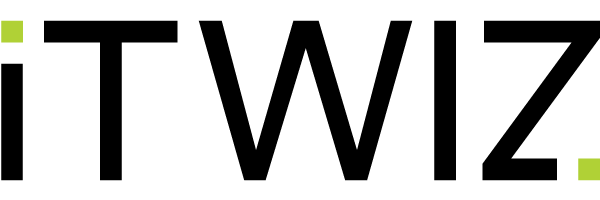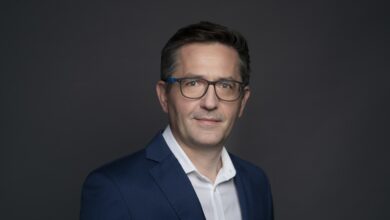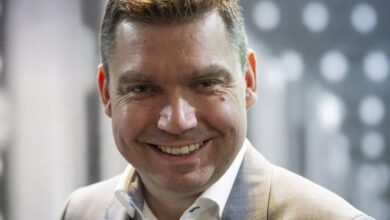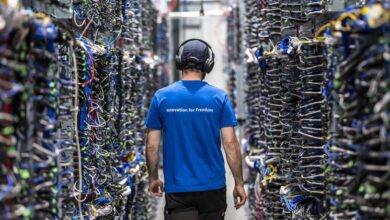Rynek
Schneider Electric’s Unraveling the Tapestry: Forging an Efficient and Sustainable Model for the New Wave of Data Centers. Interview in English
Interview
As we stand on the brink of a significant wave of data center investments, Silvia Olchini, VP for the Secure Power Business Unit in Italy, discusses how Schneider Electric’s comprehensive approach leverages processual innovation to meet sustainability and efficiency requirements.
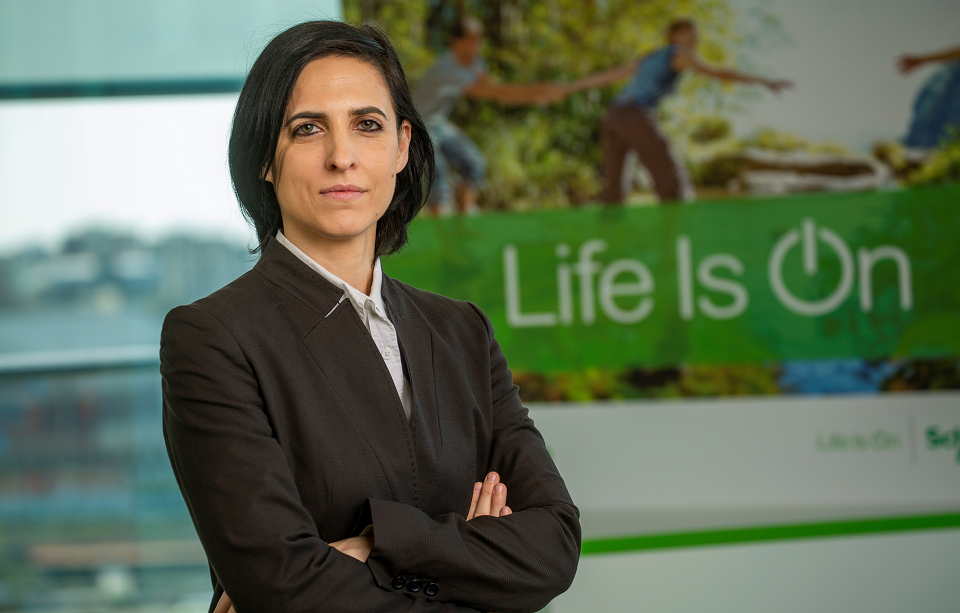
Szymon Augustyniak, Deputy Editor in Chief, ITwiz: How would you define Secure Power as a category and domain within product portfolio, and as an approach that Schneider Electric promotes?
Silvia Olchini, VP Secure Power Italy, Schneider Electric: In the context of Secure Power, we offer our customers comprehensive infrastructure solutions, encompassing both physical hardware and software components, to ensure the resilience and reliability of their data centers. This includes solutions such as racks, uninterruptible power supplies (UPS), and power distribution units (PDU). However, these components are just a part of our complete solution.
What sets us apart is our commitment to creating a holistic and comprehensive vision of a data center. At the core of this integrated approach lies the optimization of efficiency, achieved through a multitude of interconnected elements. My role involves designing and delivering these solutions to enhance the performance and reliability of our customers’ data centers.
Przeczytaj po polsku/Read in Polish:
Schneider Electric: w stronę efektywnego i zrównoważonego modelu dla nowej fali centrów danych
Does this also mean that you are moving towards a holistic offer, providing your customers with the entire range of skills, services, and equipment necessary to – nomen omen – secure the power for their business operations?
We’ve introduced a service level that operates atop the infrastructure to deliver comprehensive and tailored solutions without the need for customers to own the individual components. In Italy, we’re offering our customers a full-service Secure Power solution for their data centers in this way. This entails creating a well-balanced, efficient, and compliance-ready data center infrastructure, beginning with identifying customer requirements, selecting the appropriate architecture, providing the necessary technology stack, and establishing a monitoring system (including tools and software) for analyzing and optimizing efficiency in terms of both energy and cost dimensions.
All of this is offered without the requirement for customers to purchase the facility or devices. We also shoulder the responsibilities for the holistic design, delivery, maintenance, and management costs, relieving customers of these burdens.
How promising and future-proof is this model of cooperation with customers? It seems like a one-way journey, considering that Schneider Electric takes on a substantial share of the burden and gains valuable data on efficient practices and scenarios. This positions you to build highly customized and optimal solutions, while customers might lack the data and expertise to do it better.
That’s a crucial point. Our extensive experience and knowledge enable us to design holistic solutions much more efficiently than customers may be able to do on their own. It’s only natural that we want to share this wealth of experience, derived from numerous use cases and successfully delivered solutions, to assist our customers in optimizing their entire data center experience. This is what we anticipate focusing on predominantly in the future, and it’s something we’re already preparing for today.
Which sectors and industries are most interested in this strategic advisory and executive approach?
I can provide data from our experience in Italy, where we’ve seen significant interest from various sectors. This interest spans across the industrial segment, mid-sized data center businesses, and small to medium-sized enterprises (SMEs). It’s not limited to just one or two market segments; rather, it’s a common expectation.
However, some industries are more inclined toward such transformative approaches. For instance, the construction industry in Italy, as well as retail, finance, telecommunications, and, naturally, the data center sector. Additionally, the public sector has shown interest due to funding opportunities for sustainable infrastructure in Italy, although it may require some time to adapt, as the public sector often operates within regulated frameworks that necessitate adjustment periods.
As Marc Garner mentioned, and as you confirmed, we stand on the cusp of a significant wave of data center investments. How can this new model assist in managing the escalating demand? Could it simplify the task of enhancing data center efficiency, given that Uptime Institute reports indicate a persistent plateau in efficiency, with PUE levels not declining?
Absolutely, we’ve reached the limits of efficiency gains, and disruptive innovation is required to once again reduce the PUE ratio. We’re definitely not at the beginning of this transformation. Efficiency is indeed a crucial part of our current approach, but to achieve greater effectiveness, we must broaden our perspective by taking into account additional factors, such as water usage, waste production as a byproduct, the cost of recycling, and we also need to scale up – harness the power of scale.
Should elements such as data workload process efficiency, the cost of cybersecurity and physical security, and the quality of the software development process also be factored into the balance sheet?
Precisely. All these aspects are integral to the optimization process. We should initiate optimization right from the foundational level, beginning with how applications are constructed. Are they considering the future costs associated with data circulation and storage, and how this impacts the overall energy costs and infrastructure efficiency?
This is an essential component of our comprehensive approach. While we await technological innovations and disruptions, we shouldn’t miss the opportunity to implement process innovations.
New applications and solutions are emerging, and cybersecurity is a critical aspect that demands consideration.
As Schneider Electric may not be a cybersecurity expert, it implies the need to establish a platform.
Yes, we are forging broad alliances with other technology vendors and cybersecurity service providers to offer customers a well-integrated and comprehensive solution.
However, the initial stage, or more appropriately, the initial capital, the true foundation of this approach, lies in our deep understanding of how our customers are addressing efficiency challenges in their data centers. We have gathered a wealth of best practices, and we are currently in the process of transforming this extensive library into a valuable and comparable set of benchmarks, use cases, and templates. This is precisely what our customers are requesting.
What impact will AI and automation have on data center effectiveness and optimization? Uptime Institute didn’t overestimate it; on the contrary, Gartner forecasts significant efficiency gains due to the adoption of AI-driven automation in data centers. What’s your opinion?
It depends on the perspective. I’d like to begin with some considerations regarding the transformative role of AI in data flows in general. The Gen AI hype has led to a substantial influx of data streams into data centers, and we anticipate this trend will continue, particularly as new use cases for generative AI emerge. Managing, framing, and orchestrating this surge of workloads within corporate architecture, aligning them with predefined goals and approved needs, has become a priority, especially for large enterprises. Thankfully, automated, AI-driven tools can help address this challenge.
In contrast, smaller companies may not view AI as an imminent concern from the perspective of data flows, as they are slower in adopting such tools and solutions into their processes and business models. It’s essential for us to engage in discussions with our customers about their AI adoption strategies and find the best approach to minimize potential negative impacts on data center efficiency.
Another significant source of data flow growth stems from IoT and process automation. We’ve witnessed a steady rise in IoT adoption over the past decade, with an acceleration in the industrial sector over the last 2-3 years, likely influenced by the pandemic. Some industries have opted to automate numerous processes to bolster their resilience for future scenarios. Consequently, IoT data now accounts for a substantial and continuously expanding share of data flows. We may soon witness an explosion in this data source, possibly within the next 2-3 years.
How this changes in the structure and volume of data stored and processed in data centers affect the list of top reasons for downtime and outages? I assume that the digitization of processes and work environments may indirectly lead to shifts in that list.
In many cases, business users have evolved into technology-savvy stakeholders and heavy users of technology. We assist companies in maintaining certain digitized processes crucial to sustaining their business operations. Our solutions and services help monitor these processes, understand their flow, and anticipate potential failures.
Digitization has significantly improved the efficiency of maintenance. By first digitizing, then automating, and finally establishing services and maintenance routines, we gain a more cohesive, comprehensive, and detailed perspective. This enhanced view allows us to operate more efficiently and reduce the waste of time and resources. The balance of digitization is undeniably positive.
How can we prevent a situation where changes in energy sources, such as the increasing share of sustainable but often less stable sources like solar or wind, negatively impact the risk of outages and, consequently, a company’s resilience?
Our customers are embracing sustainable strategies, which include diversifying their energy sources. We address the needs arising from this transition by, if necessary, reconfiguring the physical infrastructure. It’s a case-by-case, customized approach aimed at maintaining the availability of their services and ensuring their business continuity. Their applications simply cannot afford to halt but changes in the energy mix should not serve as an excuse. Leveraging our expertise, we contribute to the realization of their vision by providing relevant products and solutions.
What is Schneider’s future role? How about software-defined power management? Could it be the next step, offering a future layer to manage energy supply for customer infrastructure, work, and usage patterns with greater precision, efficiency, and flexibility?
Absolutely, it’s on our radar. We are actively working on it and already have some software solutions that enable centralized management of power source-supply infrastructure. Our strategic pillars for the future are sustainability and software.
For us, software encompasses the tools that empower customers to understand where they stand and take action, whether proactively or reactively, to mitigate risks or seize opportunities in terms of data accessibility. We provide them with devices and software for effective data acquisition and analysis, along with dashboards and templates that assist in optimizing specific details or the entire energy balance. This equips them with the knowledge and tools to measure, analyze, optimize, and align with sustainability strategies.
This aligns with another important aspect of your approach: the balance between standardization and customization in data center solutions. With a wide range of components, products, and solutions, Schneider offers the flexibility to provide highly personalized products and services. These personalized solutions can be complemented by central management tools.
Exactly. We start with customizable or modular products and layer on software solutions. This way, we address both needs: the need to design and understand the features and build the right infrastructure, as well as the need to enable scalability, integration, and continuous optimization of running solutions.
Another perspective we should consider is cloud optimization. Can you also assist companies in achieving proper cloud optimization within the context of their entire data computation and storage architecture?
At Schneider Electric we don’t, at this stage, provide cloud optimization services. However, we provide the critical data center solutions to support cloud and colocation service providers – helping them to build-out their data center deployments in short timeframes to meet accelerated demand for sustainable and resilient digital infrastructure.
Finally: do you believe your approach can also assist customers in addressing the widespread issue of a shortage of experienced staff, in that particular case in their data centers?
To address the skills shortage we’ve created the Schneider Electric University – a vendor-agnostic and CPD-accredited digital education platform, providing free access to data center education everywhere. The platform is available in 14 different languages, accessible globally, and directly addresses the data center sector skills gap, helping industry stakeholders to upskill and stay up to date with the latest technology, sustainability, and energy efficiency initiatives affecting the sector. To-date, we’ve delivered more than one million courses to over 650,000 data center users, with +180 countries represented by our global user-base.
Schneider Electric is also supporting data center specifiers in their daily work with a set of free digital Trade Off tools for data centers including simple, interactive calculators enabling exploration of “what if” scenarios to achieve optimal data center and edge infrastructure designs.


